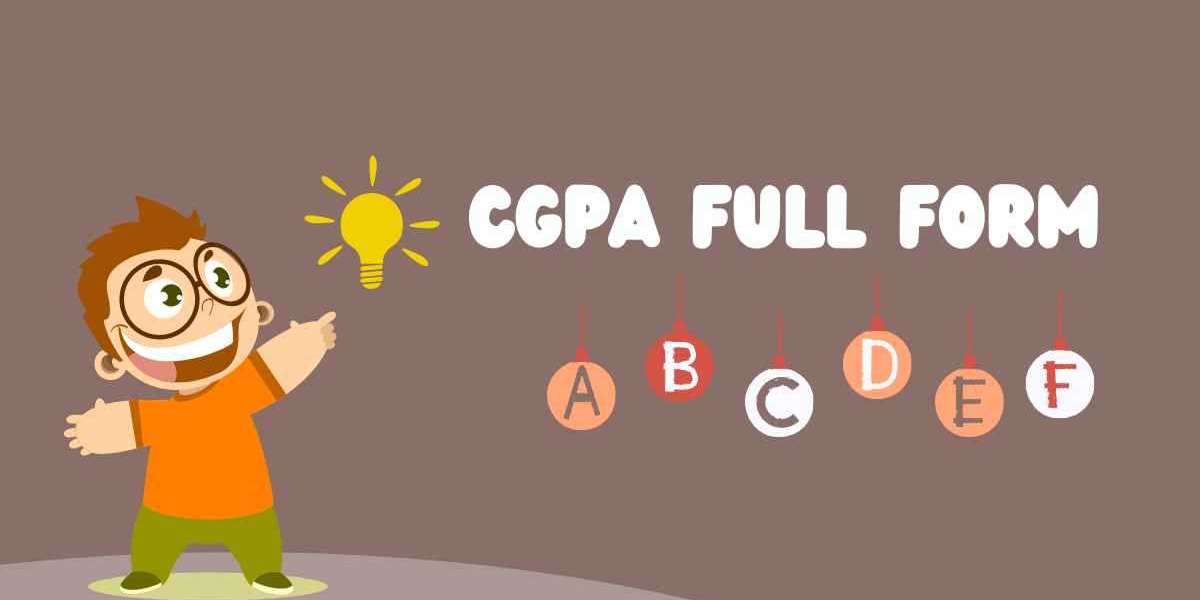The Cumulative Grade Point Average (CGPA) is a standard of academic measurement used globally in educational institutions. It provides a comprehensive overview of a student's academic performance over a specified period, typically a semester, an academic year, or the entire duration of a program. Understanding CGPA is crucial for students, educators, and employers, as it plays a significant role in academic and career opportunities.
What is CGPA?
CGPA is an average of grade points obtained by a student in all the subjects during a particular course. It is calculated on a scale, usually from 0 to 10 or 0 to 4, depending on the education system of the country. The CGPA system simplifies the grading process and provides a uniform metric to compare academic performance.
Calculation of CGPA
To calculate CGPA, the grade points for each subject are multiplied by the number of credits assigned to that subject. The products are then summed up and divided by the total number of credits. The formula for CGPA calculation is:
\[ \text{CGPA} = \frac{\sum (\text{Grade Points} \times \text{Credits})}{\sum \text{Credits}} \]
For example, if a student has completed five courses with the following grades and credits:
| Course | Grade Points | Credits |
|---------|---------------|---------|
| Course 1| 8.0 | 3 |
| Course 2| 7.5 | 4 |
| Course 3| 9.0 | 2 |
| Course 4| 8.5 | 3 |
| Course 5| 7.0 | 2 |
The CGPA calculation would be:
\[ \text{CGPA} = \frac{(8.0 \times 3) + (7.5 \times 4) + (9.0 \times 2) + (8.5 \times 3) + (7.0 \times 2)}{3 + 4 + 2 + 3 + 2} = \frac{24 + 30 + 18 + 25.5 + 14}{14} = \frac{111.5}{14} \approx 7.96 \]
Importance of CGPA
- **Academic Evaluation**: CGPA provides a comprehensive measure of a student's overall academic performance. It reflects consistency and mastery of subjects over time.
2. **Higher Education**: Many universities use CGPA as a critical criterion for admissions into advanced programs. A higher CGPA increases the likelihood of acceptance into prestigious institutions. - **Scholarships and Grants**: Scholarship committees often consider CGPA as a primary factor. A higher CGPA can make students eligible for various financial aids and grants.
- **Employment Opportunities**: Employers frequently look at CGPA during the recruitment process. It serves as an indicator of a candidate’s dedication, knowledge, and capability to handle job responsibilities.
- **Personal Development**: Tracking CGPA helps students identify strengths and weaknesses, enabling them to focus on areas that require improvement.
Limitations of CGPA
While CGPA is a valuable metric, it has its limitations:
- **Does Not Reflect Skills**: CGPA does not account for practical skills, creativity, or extracurricular achievements, which are also essential for holistic development.
2. **Varies by Institution**: Different grading systems across institutions can make CGPA comparison challenging. What is considered a high CGPA in one institution might be average in another. - **Pressure and Stress**: The pursuit of a high CGPA can lead to undue stress and pressure on students, sometimes resulting in adverse mental health effects.
Conclusion
CGPA is an essential tool in academic evaluation, providing a standardized measure of student performance. While it is an important indicator for academic and professional opportunities, it should be considered alongside other factors such as skills, experiences, and personal attributes. Striking a balance between maintaining a good CGPA and developing a well-rounded skill set is crucial for success in both academic and professional arenas.
Understanding and effectively utilizing CGPA can open doors to numerous opportunities, paving the way for academic excellence and career advancement.






